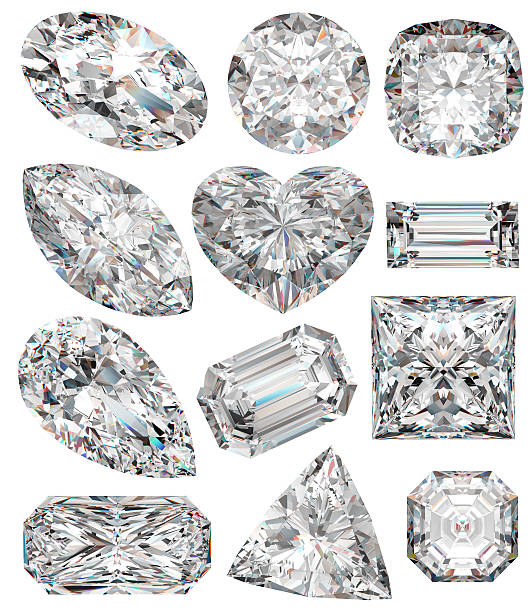Natural vs. Imitation Pearl Jewelry All Entries

Pearls were traditionally worn by emperors to symbolize prestige and were once considered the most valuable gems on earth. Understanding the difference between authentic and manufactured pearl jewelry can be challenging even for experienced jewelers. Prior to spending hundreds of dollars on pearls, it's wise to know how these gems are graded. Here's a look at the differences between pure and synthetic pearls.
The Different Types of Pearls
The four main types of pearls are Akoya, Freshwater, Tahitian, and White or Golden South Sea. Each of these types offers diversity in color, size and beauty. Pearls began to spread globally in the 1890s after Asian jewelers figured out how to create cultured pearls in oyster farms. Cultured pearls are natural despite involving human intervention in the oysters and mollusks that produce the jewels. Today, most commercial pearls come from a cultured process, whereas a high volume of vintage pearls are completely pure.
Small pearls became popular during the Victorian and Edwardian eras in Britain and have remained popular as retro jewelry. Mixing pearls with diamonds and gold has become a timeless trend over the past century. Manufactured pearls from a lab are in a completely different class and are commonly made of glass or plastic. Part of the reason synthetic pearls were invented was that only a small percentage of oysters and mollusks produce good quality marketable jewelry. It can take thousands of oysters to produce one attractive pearl necklace.
How Pearls Are Valued
Unlike various other gems, there's no global standard set yet for grading pearls. So in that sense, you must rely on a professional jeweler's subjective opinion. It's still a good idea to approach only a GIA-certified gemologist, due to the training and background required to gain industry credentials. Freshwater pearl jewelry is commonly graded with the A-AAA Grading Scale, but it's rare to find two jewelers who conduct this scale the same way.
Authenticity is a huge factor that separates valuable from cheap pearls. While pure pearls are vary rare, fake pearls can be found in discount stores everywhere. One of the best ways to tell the difference between fake and authentic pearls is weight, as manufactured pearls are much lighter. Beware of counterfeiters, though, who use glass to increase the jewel's weight. Another indicator for gauging authenticity is real pearls aren't smooth like plastic versions.
Luster is a critical factor that determines a pearl's value. While fake pearls don't have much variance to shine, real pearls have imperfections that create a unique luster for each pearl. Furthermore, real pearls are unique in size, whereas uniformity of pearl size is perhaps the most obvious dead giveaway of a synthetic product. Color is another significant grading factor, as pink is one of the most valuable colors for pearls, while white is the most common. Otherwise, pearls come in every color imaginable.
Today's manufactured pearls mainly come from China and have a variety of different names. Terms such as "faux," "lab-made," "Majorica" and "costume" are often used to market synthetic pearls at much lower prices than real pearls. In recent years, counterfeiters have become more clever in marketing imitation pearls as authentic.
Conclusion
When you begin your journey to explore pearl jewelry, make sure you understand the differences between real and fake pearls. Contact us at Ralph Mueller & Associates to learn more about your jewelry options and to consult with a GIA-certified gemologist.